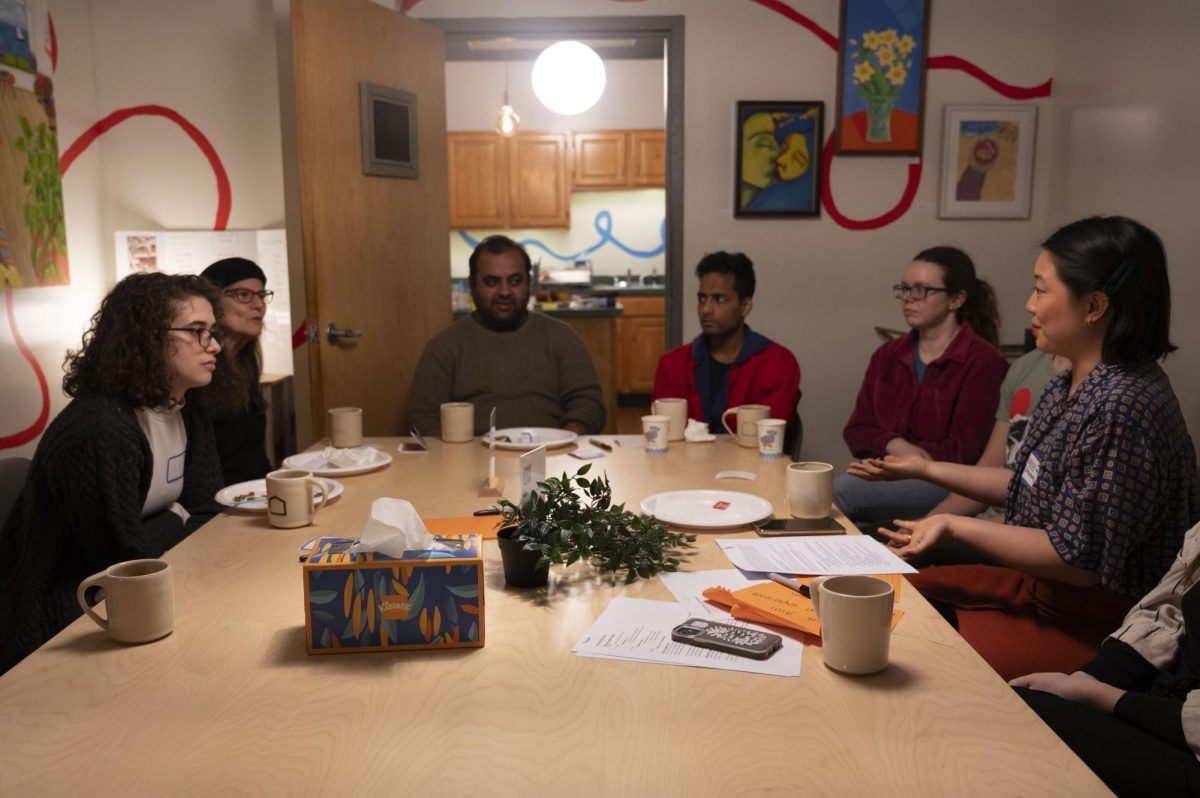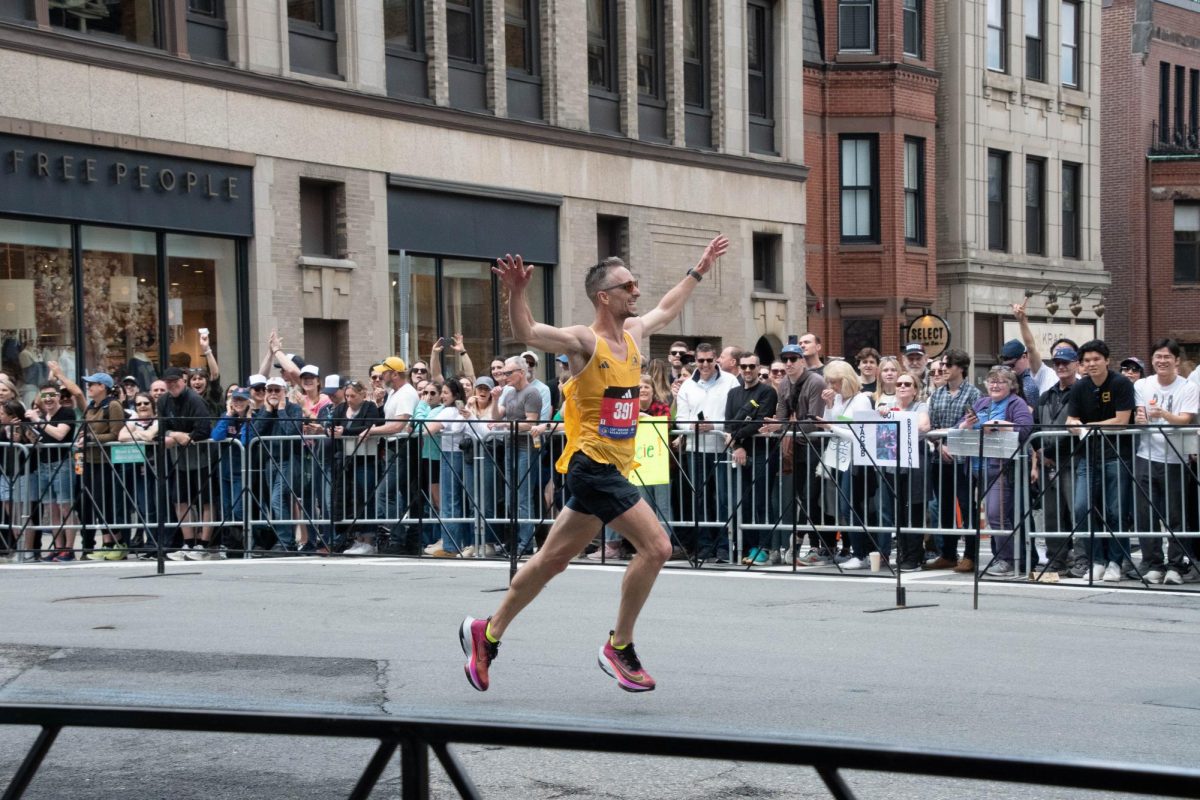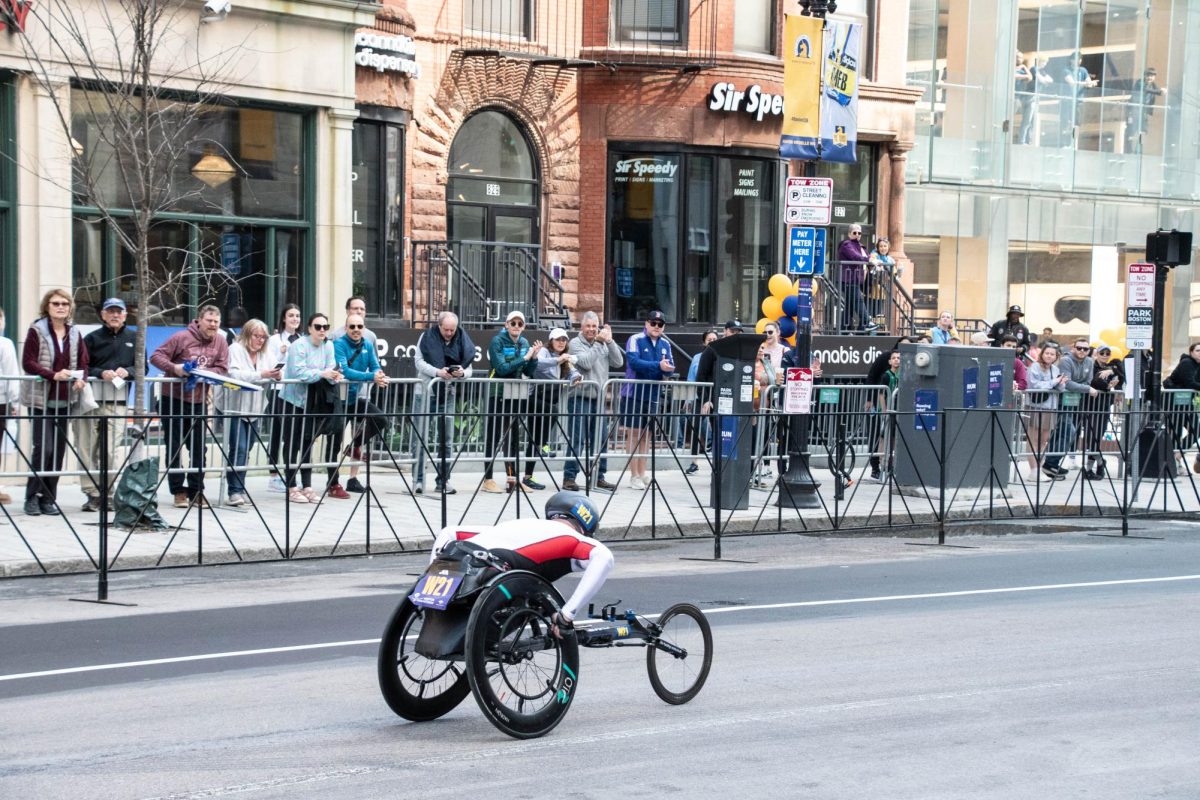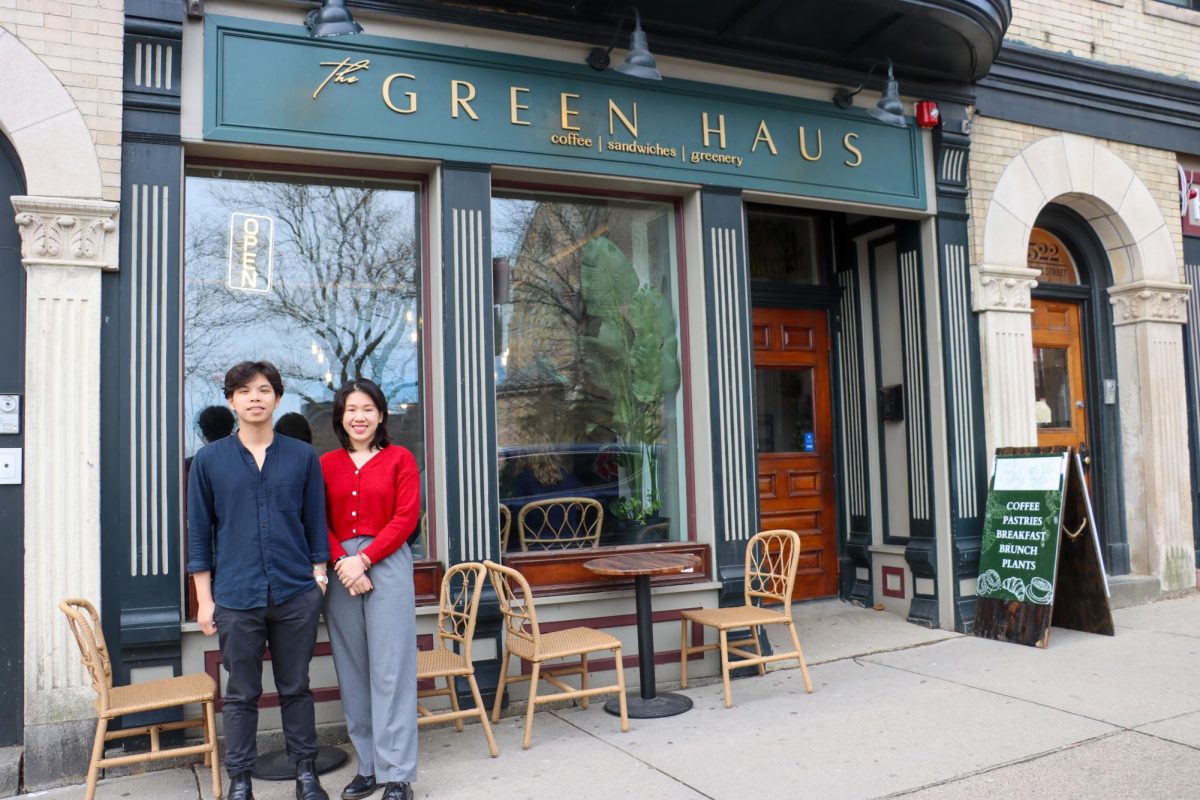By Audrey Cooney, news staff
Boston residents are impacted by segregation more severely than people in all but six other US cities, according to a report that suggests the area is struggling with the continued consequences of past racism and discrimination.
“When I was living in Dorchester, everyone around me looked like me,” Antonio Banrey, a sophomore media and screen studies major who has lived in Boston his whole life, said. “I saw a ton of Latinos and black people, and basically no one else.”
A study released by 24/7 Wall St. on Aug. 19 suggests Banrey’s experience common. Four in ten people in the Boston-Cambridge-Newton metro area live in segregated neighborhoods where at least 80 percent of residents are of a single race or ethnicity, researchers wrote.
Researchers used US Census Bureau data to examine 29 urban areas in the country that had populations of least 1 million and at least one non-white majority zip code. They measured residential segregation by analyzing the percentage of residents living in segregated zip codes.
“The idea that people simply choose to live with others like them is only partially true, and certainly not an explanation for neighborhood inequality,” Sarah Jackson, a Northeastern University professor of communications who has examined the intersection of race factors and social structure, said. “Racial segregation is a result of both government policies and business practices in real estate.”
One of the most insidious of those practices is redlining, said Morgan Williams, Esq., a lawyer who works with the National Fair Housing Association. Redlining is the denial of financial services, such as housing loans, to members of certain neighborhoods based solely on the racial or ethnic composition of those neighborhoods
While discrimination is subtler today, he added, the such practices is still being felt.
The legacy of those policies continues to shape neighborhood dynamics, Banrey said. His family moved from Dorchester to Roslindale when he was 14, where he again noticed a lack of diversity around him.
“When it started off, it was just us and one more family of color down the street,” Banrey said. “Roslindale still feels mostly white.”
Northeastern University sophomore Jatin Shome, who studies computer engineering, thinks Boston’s segregation problems aren’t surprising. However, he said, the diversity of the university’s students and the rhetoric of some of its officials can obscure Boston’s complex racial dynamics.
“Living on the Northeastern campus, you don’t see it,” Shome said. “I know it’s a big problem, but it doesn’t stand out to me at all.”
Noticeable or not, segregation has tangible socioeconomic effects on city residents, according to the authors of the study.
Black and Hispanic residents in the Boston area experience poverty at a rate four times that of whites: 21.5 percent of black people and 26.1 percent of Hispanic live below the national poverty line, while the poverty rate for white residents sits at 5.6 percent, the study says.
“The myth of American meritocracy that suggests everyone can pull themselves up from their bootstraps ignores that not everyone’s metaphorical bootstraps are the same,” Jackson said.
Two zip codes in Lawrence house 10 percent of the metro area’s Hispanic and Latino population but account for less than 1 percent of the region’s total number of residents. The average household in one of those zip codes earns $18,261 per year, according to the report.
The average white household in Boston, meanwhile earns $79,730 a year, while the median annual income for a Hispanic family stands at $39,810, according to the report.
“It is not surprising that groups who have been historically disenfranchised from economic and educational opportunities continue to experience higher rates of poverty than those that have not,” Jackson said.
Racial minorities forced into segregated neighborhoods also have less access to quality education, the report found.
“Unfortunately neighborhoods with the best schools tend to be mostly white because of histories of things like redlining and other discriminatory housing practices,” Jackson said.
Without concerted effort from government agencies and community organizations, Jackson said, urban segregation is unlikely to improve on its own, leaving scores of minority residents disadvantaged by an unfair system.
Janine Anzalota, interim director of the city’s Office of Fair Housing and Equality, declined to provide specifics on how Boston might address its segregation issues. Housing segregation is too complex an issue to be handled exclusively by her office, or even city government as a whole, she said.
“The segregation situation is not unique to Boston,” Anzalota said. “We’re not the only one.”
While the damage from systemic segregation may be widespread, local communities are dealing with it as best they can, Banrey said.
“The neighborhood is segregated, but it’s not that bad when you start talking to people,” Banrey said.
Conversation alone, though, isn’t enough, Banrey continued.
“It’s not to say racial issues don’t still exist,” Banrey said. “I don’t really see much happening from the city.”
Photo by Scotty Schenck














